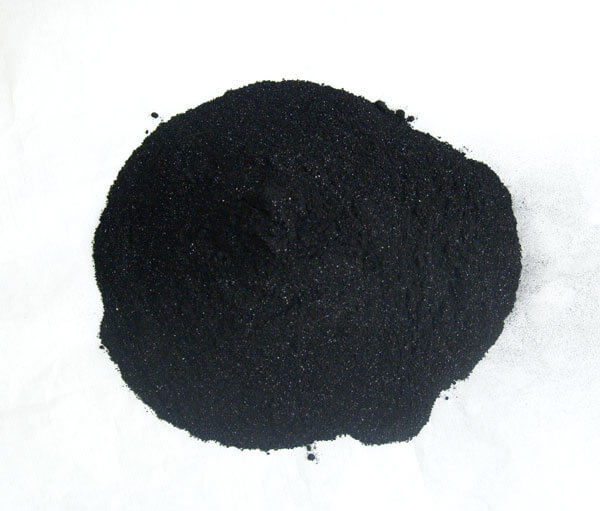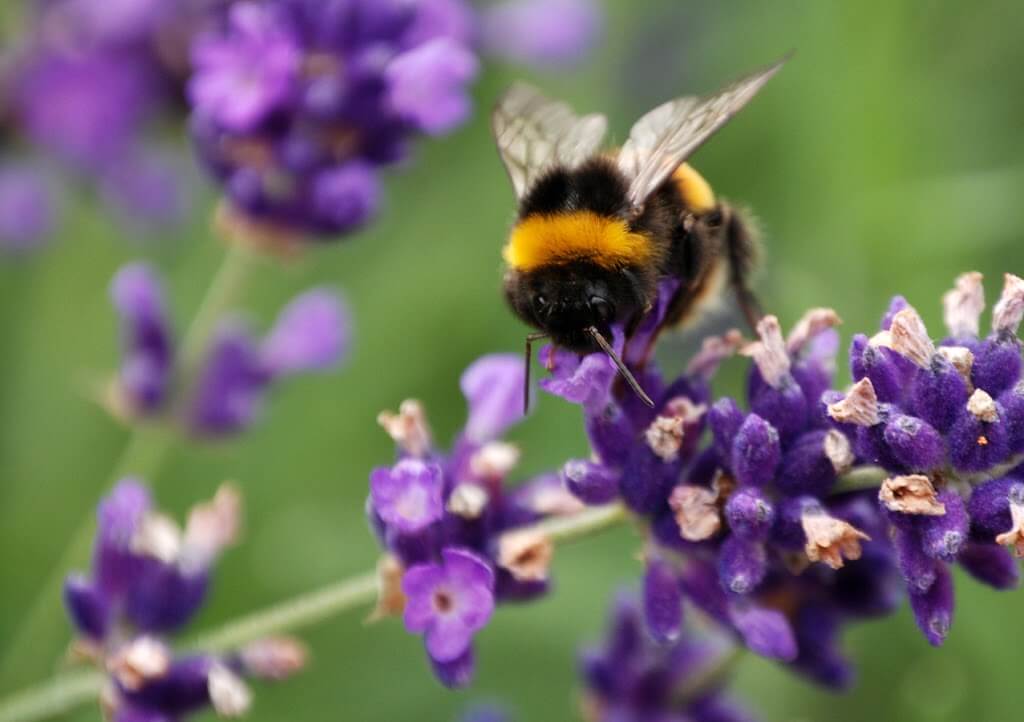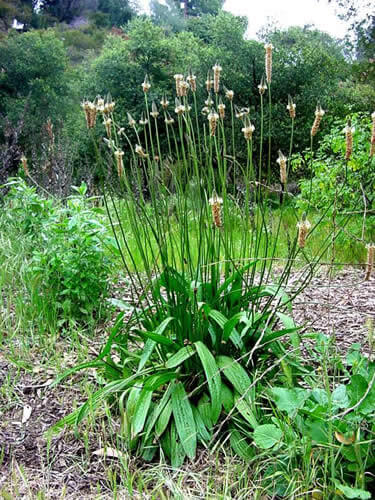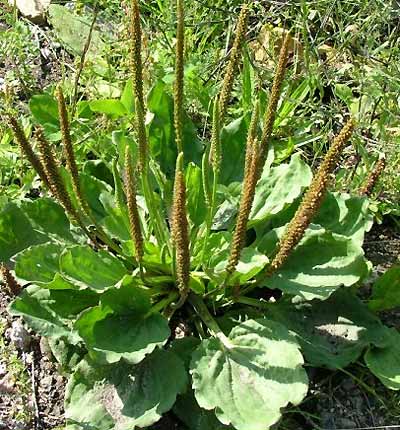I work as a nanny and often take the kids outside to play in the yard. They’re all required to wear shoes in case of bees, but I prefer to live on the dangerous side and walk barefoot through the grass. I’d yet to step on a bee, until this week that is.
 All this to say that I experimented with some bee sting treatments that day. Rosemary Gladstar, herbalist author and founder of United Plant Savers, recommends using clay to draw the toxins out of the wound. In her book, “Herbal Recipes for Vibrant Health,” she recommends using green clay, but mentions any will work. In “The Home Medical Library” volume I, the authors recommend a clay poultice as well for insect stings.
All this to say that I experimented with some bee sting treatments that day. Rosemary Gladstar, herbalist author and founder of United Plant Savers, recommends using clay to draw the toxins out of the wound. In her book, “Herbal Recipes for Vibrant Health,” she recommends using green clay, but mentions any will work. In “The Home Medical Library” volume I, the authors recommend a clay poultice as well for insect stings.I have bentonite clay on hand for making toothpaste. The bentonite is also great for pulling out toxins and trapping them when it comes to bee stings.
Another way to provide instant relief, which may be more practical for some, is to use baking soda and vinegar. Since I was at work and my resources were limited, I made a poultice of baking soda with enough vinegar to create a paste that applied easily and stayed on the area. Some people swear by this remedy, while others discredit it. I have found it very effective for immediate relief.
Another way to relieve the swelling and pain from stings and bites is to use activated charcoal. If there are a lot of bites on various areas of the body, a bath can be drawn and the charcoal added to it. If, however there are only a few, a poultice can be made and placed on the affected areas.
Charcoal House is a detailed resource for the many uses of carbon. There you will find testimonials on the power of charcoal to draw out poisons.
Hospitals will frequently administer charcoal in the E.R. to patients who have ingested toxins.
Activated charcoal is what is used medicinally and is available from many sources.

Herbal bug bite soak
-
1/2 gallon pure filtered water
-
2 Tbsp Bentonite clay
-
1-2 cups broad leaf plantain
-
1 cup jewelweed (if using for poison ivy)
-
Heat the water to almost boiling and make an infusion with the herbs.
-
Once the mixture has cooled to bath temperature, pour it into a container, like a dishpan dedicated to foot soaks.
-
Add the bentonite and stir to combine. The clay will sink to the bottom somewhat.
-
Soak your hand, elbow, foot or whatever area needs it until the water is cold.
Herbal Bug Bite Poultice
-
5 plantain leaves
-
1 tsp bentonite clay
-
Aloe vera gel
-
Finely chop the plantain.
-
Mix in the clay, being sure not to use any metal utensils.
-
Add enough aloe vera to make a paste.
-
Apply liberally to the affected area.


